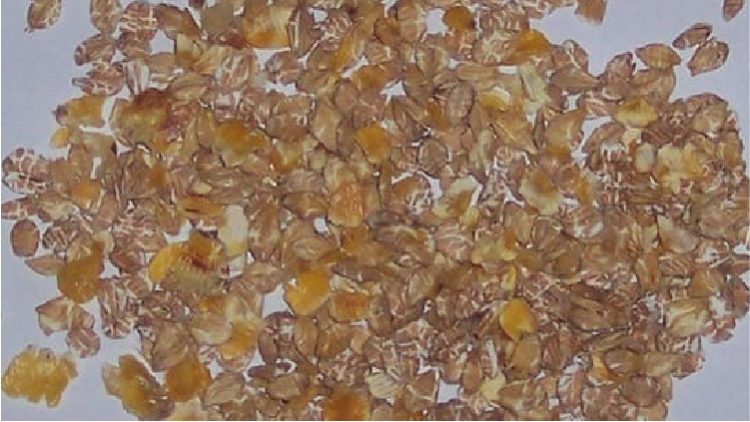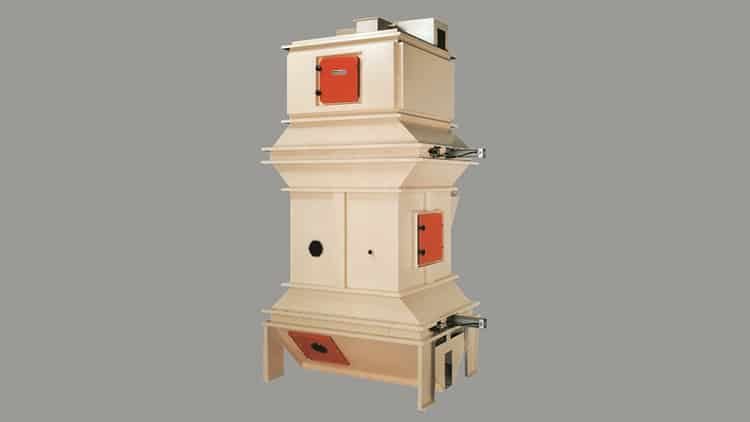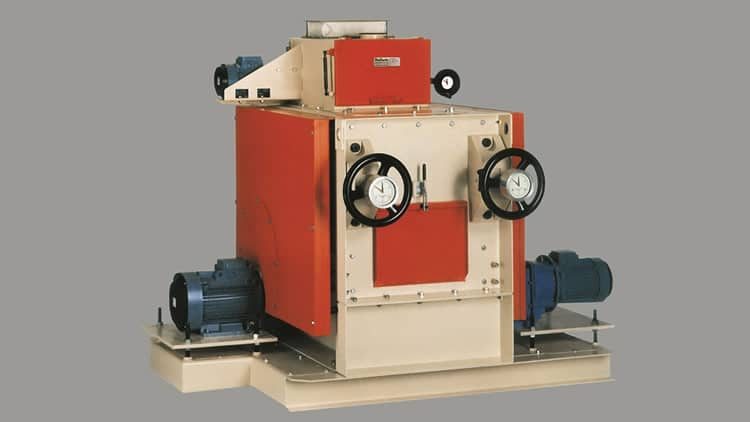Raw materials available for animal feed can be subjected to various technological treatments in order to improve their nutritional value. The treatments are aimed at inactivating or destroying possible anti-nutritional factors and improving the digestibility and availability of the various biochemical constituents.
The processes to which cereals are subjected can be classified into hot and cold. This is a primary classification but useful to understand the importance of how they are exposed for biological utilization. Among the cold processes, the most commonly used are grinding, breaking and crushing. The hot ones are micronizing, flaking, pelletizing, extrusion and expansion. Hot processes can in turn be divided into wet and dry methods. Wet processes use water and temperature in the form of steam, while dry processes use only temperature.
The most commonly used are thermal or hydrothermal processes, combined with mechanical treatment. The main interest is focused on disorganizing the crystalline structure of starch to reach its gelatinized state.
These processes alter starches with hydroxyl groups, which are not very soluble in water. The alteration of these groups by hydrothermal processes increases the water retention power and facilitates the swelling and gelatinization of the starch grains. Pregelatinized starches, cooked by extrusion or on rollers and then dried, swell directly in cold water, which they retain well. The temperature at which these phenomena occur is called the gelatinization temperature and is associated with the breaking of the secondary hydrogen bonds that hold the polymer chains together. The gelatinization temperature for barley is in the range of 59-64ºC, for wheat 65-67ºC and for sorghum between 67 and 77ºC.
Understanding the pregelatinization process is important to understand the practical significance of facilitated digestion of starches by animals.
In corn and sorghum grains, the increase in ruminal and post-ruminal digestibility obtained by steam treatment and flaking is remarkable. One of the objectives of supplementation with this type of grains is to provide energy to the rumen, especially in pastures with high protein content and degradability (alfalfa, winter greens, fresh quality forages). The choice of the type of grain to be used is of utmost importance in order to harmonize (balance) the availability of energy and protein in the rumen.
It is important to note that the gelatinization of starch by cooking makes it more digestible than by amylolytic enzymes.
Comparison between extrusion and flaking:
Fundamental is the advantage that, in flaking manufacture, the grain is recognizable. This gives greater security to the buyer as the food components are visible. Microorganisms such as salmonella are totally eliminated in the steam cooking tower as there is prolonged contact with the heat (15 to 60 minutes).
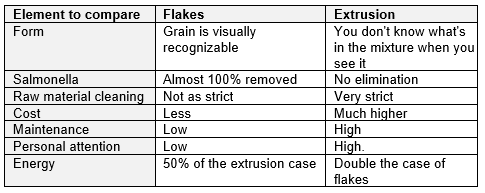
Products to be obtained with the flake manufacturing line:
It is possible to manufacture flakes from a single grain or to make mixtures of them before crushing. In those cases where it is desired to add vitamins, etc., it is possible to mix later with pellets containing such micro components.

Raw material: Mixture of grains.
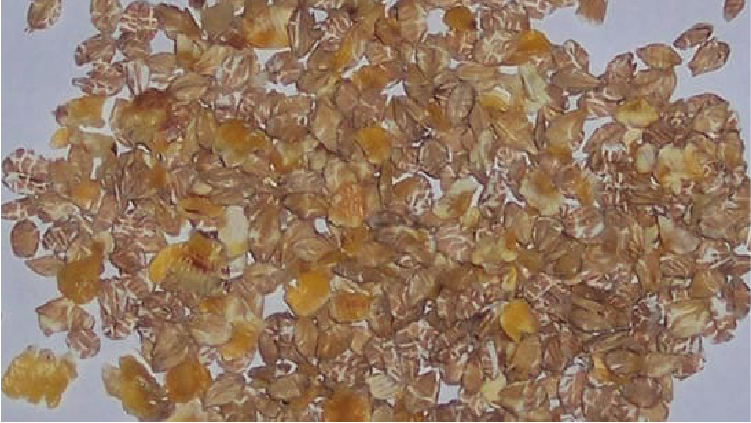
End product: Crushed grains.

Final Product: With pellets.
Description of the flaking process:
As we have seen, to obtain high feed digestibility, the available technologies are extrusion and flaking manufacturing. Press pelleting is not comparable because it obtains less gelatinization.
Flaking is a thermomechanical “cook-laminate” process to which the cereals are subjected. Cooking is carried out with low-pressure steam, while flaking basically consists of crushing the grain into thin sheets. In this way, the starch in the grains is transformed into less complex substances such as dextrins and sugars (chemical effect of heat-pressure), and the starch grains lose their crystalline structure, giving rise to the phenomenon of gelatinization (physical effect). The product obtained after drying is called “cereal flakes”, the advantages of which are:
- Eliminate bacteria and eventually the development of toxins that may appear in prolonged storage conditions.
- Inactivate anti-nutritional factors.
- Modify the physical appearance of foods.
- Increase voluminosity.
- Intensify the degree of particle imbibition.
- Increase starch digestibility by its transformation into dextrins.
The process is divided into three phases:
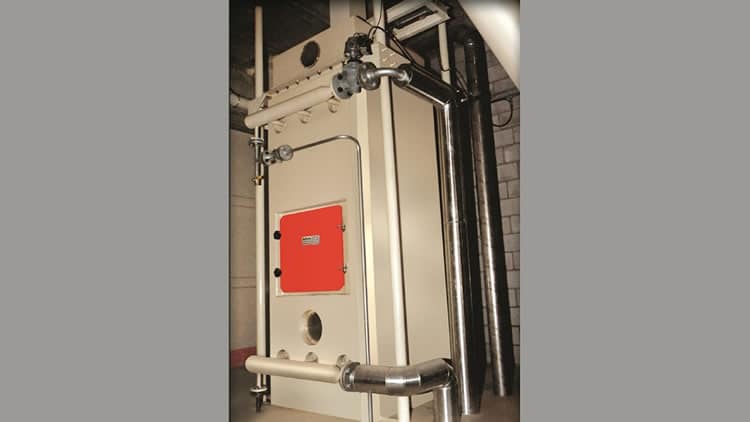
Phase 1: Hydrothermal treatment.
This consists of distributing water vapor at low pressure (one atmosphere) uniformly in the baking chamber. This is permanently mixed with the cereals so that the product receives at the same time and at the same temperature the heat under pressure. To avoid overheating or, alternatively, a poor degree of cooking, temperature sensors are installed in the system.
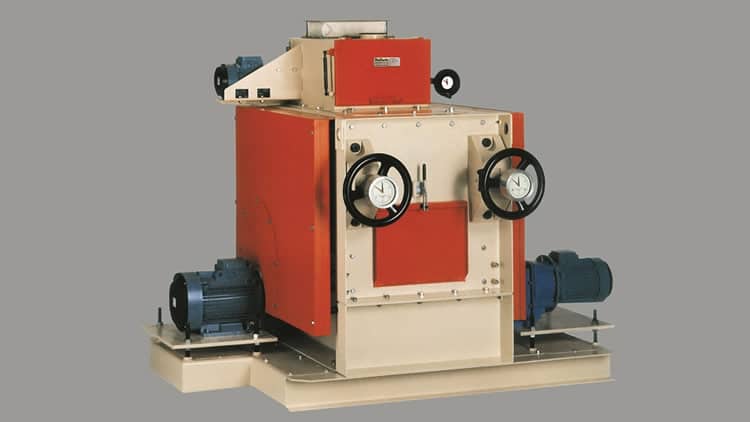
Phase 2: Mechanical treatment.
This is performed by a rolling mill with two opposing rolls. In this machine it is very important the uniform feeding along the whole rolling surface. It is possible to make a fine scoring of the crushing surface which facilitates the flake detachment and its thermal conductivity.
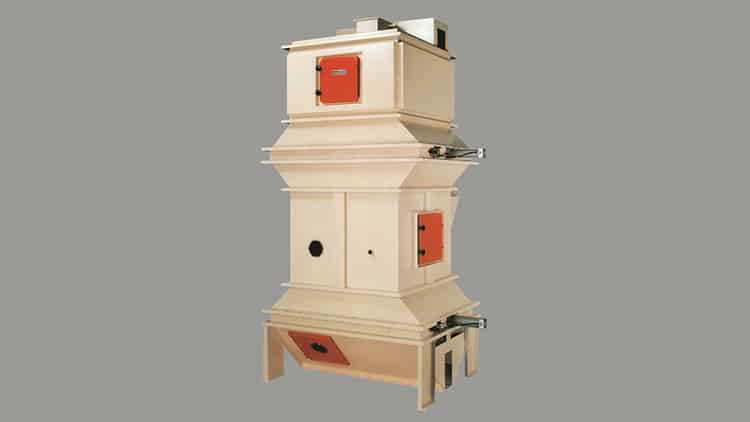
Phase 3: Drying and cooling treatment.
Moisture and temperature are removed in a desiccator where the flaked product passes through streams of hot and cold air. This results in a product with a humidity of 13% and a temperature close to room temperature.
Grain flow diagram
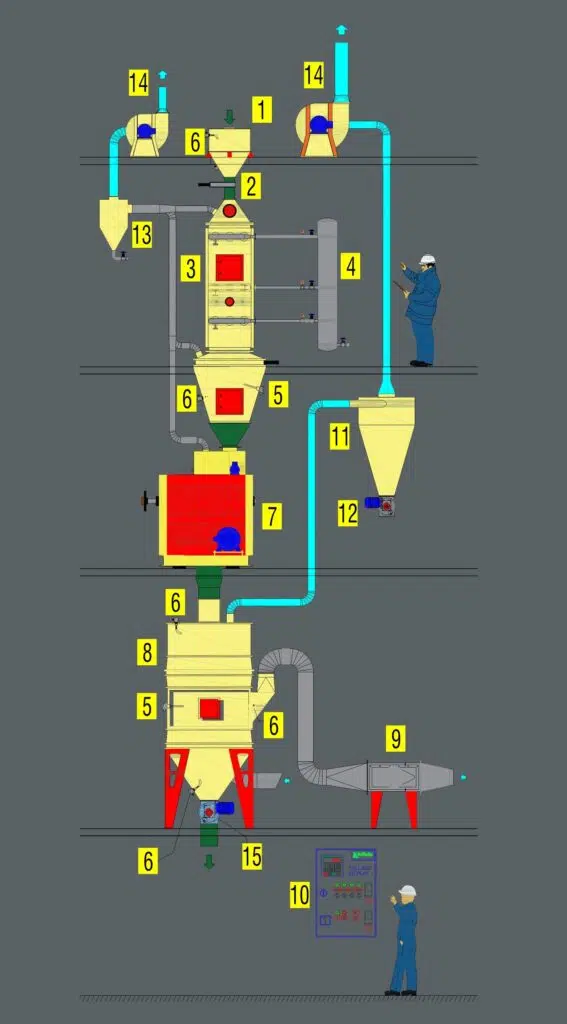
01 – Feed tank
02 – Guillotine valve
03 – HVV steam cooker
04 – Steam box
05 – Thermocouple
06 – Rotary level control
07 – BCD rolling mill cylinder bank
08 – EFNC Cooler Dryer
09 – GAGA hot air generator
10 – Electric board
11 – Cyclonic separator
12 – HSD draw valve
13 – Steam condenser tank
14 – HT Fan
15 – HSC rotary lock valve
Types of grains and seeds
- Wheat
- Maize
- Oats
- Rye
- Beat
- Rice
- Sunflower
- Chickpeas
- Soybeans
- Others
- Wheat
- Maize
- Oats
- Rye
- Beat
- Rice
- Sunflower
- Chickpeas
- Soybeans
- Others
Technical Information

